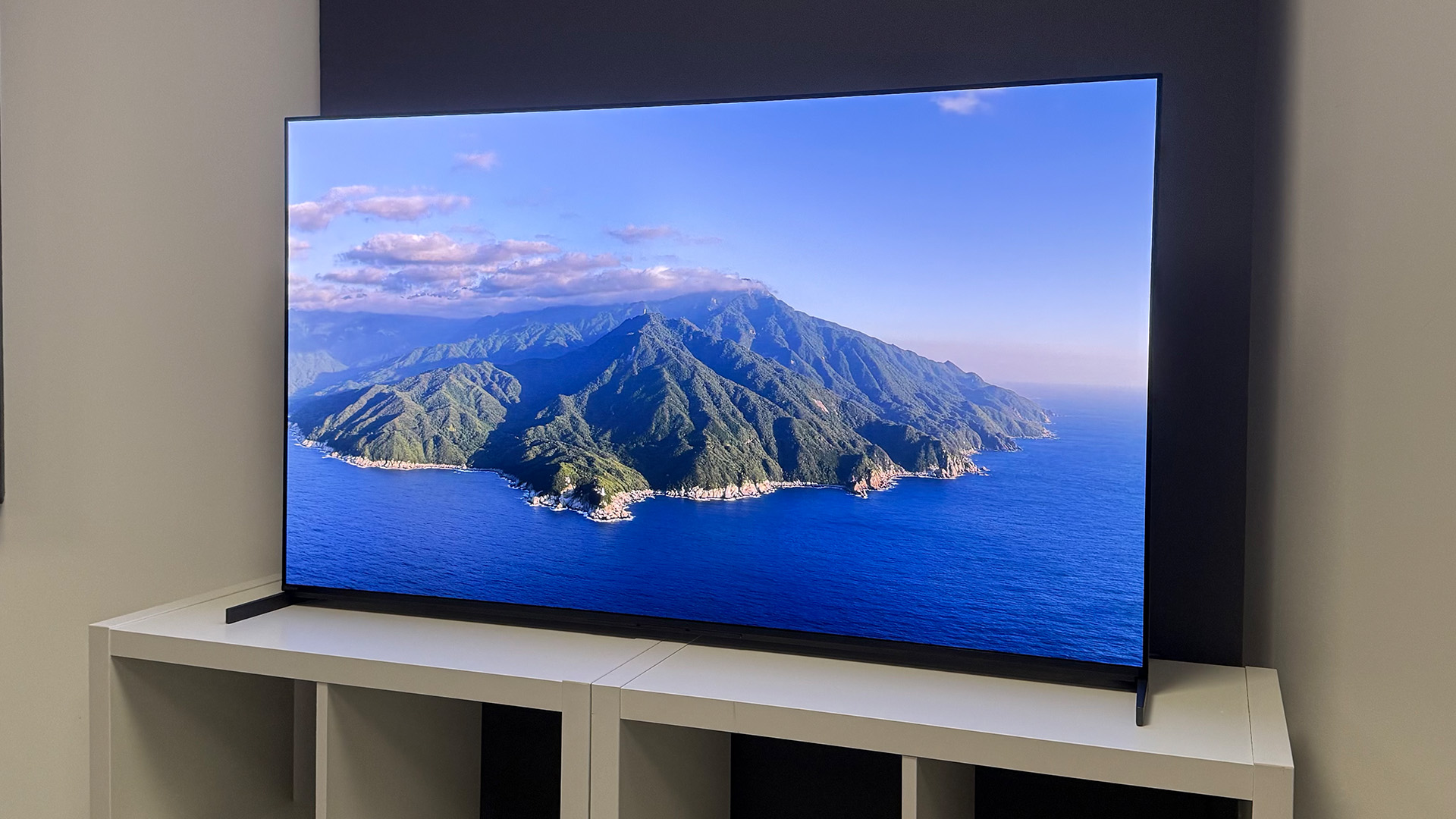Blue announces its first planar magnetic headphones
Blue's Ella headphones are the cheapest of their kind to feature planar magnetic technology. The company has also announced a $400 pair called Sadie, which has the same redesigned headband.

Planar-magnetic headphones use very thin, flat electrical conductors to create sound, rather than a moving diaphram. As such, they're expensive, and not made often. Nevertheless, Blue has brought out its own pair of $700 planar-magnetic cans, called 'Ella' (pictured).
They have another interesting feature - an in-built 250mW amplifier that can be toggled between 'On', 'Off', and 'On+'. The On+ mode gives the amp a slight boost at 63Hz, which apparently is "just right for restoring the low-end character of music mastered in the era of vinyl".
The battery that powers the built-in amp lasts for about 12 hours, and charges fully in a quarter of that time. When you take off the headphones, they automatically power down - although the battery doesn't need to be charged for the headphones to work.
MORE: Pioneer unveils MS5Ts, 'the world's most affordable' hi-res headphones

Alongside Ella is another pair of headphones called Sadie which, as with Blue's other headphones, offers a built-in amp and custom-tuned 50mm dynamic drivers. Sadie is considerably cheaper than Ella, coming in at $400.
Blue has redesigned the headband for both headphones, using a four-point multi-jointed design that, it says, is "inspired by the finely tuned suspension of Formula One racecars" to provide a better seal around your ears.
It's clear that Blue is trying to bring more advanced tech to the public at a cheaper price - the Ella headphones are around £100 cheaper than their rival planar-magnetic Audese EL-8 cans - but advanced technology is no guarantee of better sound quality. We shall reserve judgement until we have heard them ourselves.
The latest hi-fi, home cinema and tech news, reviews, buying advice and deals, direct to your inbox.
Adam was a staff writer for What Hi-Fi?, reviewing consumer gadgets for online and print publication, as well as researching and producing features and advice pieces on new technology in the hi-fi industry. He has since worked for PC Mag as a contributing editor and is now a science and technology reporter for The Independent.
